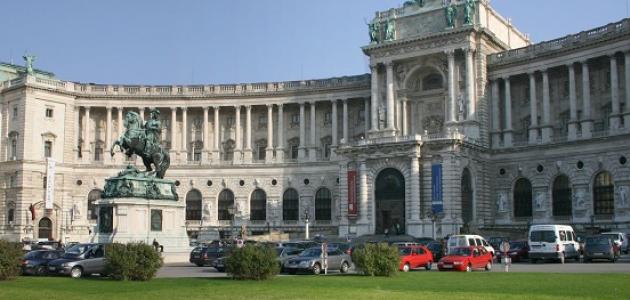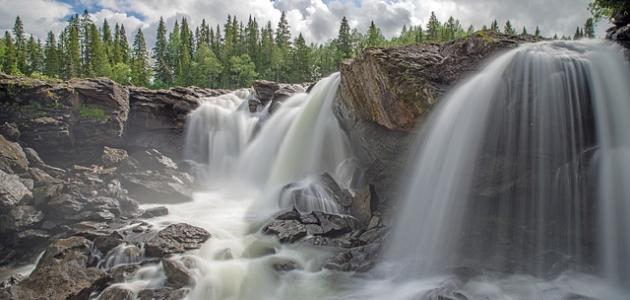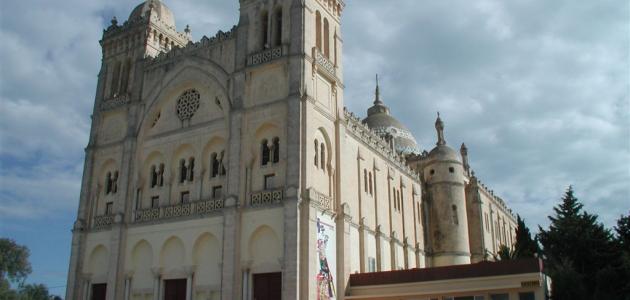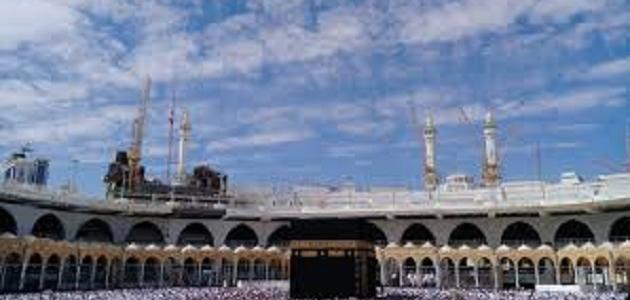Table of Contents
Antiquities of Egypt
Historical books and studies testify, both ancient and modern, that it is impossible for a place or spot of the land of the Kinana to be devoid of antiquities, and that this indicates the genius of the Egyptian man throughout the ages, and its superiority in all areas of life, especially architecture that has been able over time to develop and change, so that his works remain witness to His genius and skill.
Stages of the Pharaonic monuments
According to the Egyptian Department of Antiquities, Egypt’s antiquities are divided into four phases, according to the chronology as follows:
Ancient Pharaonic antiquities
The ancient pharaonic monuments are considered the most widespread in all parts of Egypt, whether in terms of their large number, or in terms of the multiplicity of their places, and extend over the area of the country
- The city of Fayoum: The pyramid of Sella is well known in Fayoum, as well as the temple of the mortar, and many tombs, such as the tomb of Princess Neferobah, and also the cemetery of Al-Lahun, the cemetery of Maket, and two bases for the statue of Amenemhat II, the palace of the goldsmiths, the Palace of the Laurent, the Obelisk of Senusert, in addition to the Pyramid of Hawara.
- The city of Luxor, in which there are many temples, such as the Temple of Amun Ra the Great, the Temple of Ramses III at the Karnak site, and the Temple of God Khonsu, as well as the Temple of Amun, in addition to the presence of a number of famous tombs, such as the tomb of King Tut Ghank Amun located in the Valley of the Kings on the western side of the mainland of Luxor, where There is also the tomb of King Seti I, and there is also in the Valley of the Kings the tomb of King Amenhotep the Second, which is the seventh king of the Eighteenth Dynasty, and we do not forget in Luxor the presence of the Luxor Museum, as well as the complex of Karnak temples, and the statue of Memnon.
- The city of Aswan: There are several great monuments in the city of Aswan, starting with the large-size “Abu Simbel Temple”, which includes a front yard, as well as the columns hall, in addition to the Holy of Holies, and there is a small temple known as the Temple of Hathor, where it was built specifically for Queen Nefertari, There is also the Great Temple, which is specially made for King Ramses II.
- Minya: The city of Minya is the place of the many Pharaonic tombs. Among these are the cemeteries located in Tel el-Amarna, Haya, Ahmose, Meriri, Banehis, Maho, Ay, Khiti, Baqit, Khnoumhotep, Amanmhat, and the necropolis of Bani Hassan.
- The oases: There are many great pharaonic monuments in the oases, in the Siwa oasis there is the Temple of Amun, as well as the Temple of Amun, in addition to the city of Acropolis, and the Mount of the Egyptians dead, and there is Mount of Dror, and also the ruins of Qorisht, and the oasis in which there is the village of the court of Pharaonic, and also in the oasis emerging there The Dosh Temple built by the god Isis, and some monuments in Farafra Oasis and the marine oases.
- Sinai city: Archeology is divided between its northern region and the southern region of it, where we find in the northern section Tel al-Farama, Tel Habwa, also Tel Abu Saifi, and Ain al-Qadirah, while in the southern part there is the cave and also Serabit al-Khadim and the Temple of Hathor.
- The treasures of King Tut Ghen Amon: I found all his treasures in his cemetery located in Luxor, where he found everything related to him since he was a child of toys and accessories as well as clothes, until he became large, where he found his golden mask and his daggers, arches, necklaces, earrings, crowns, etc. To that of its own purposes.
Greco-Romen antiquities
The Greek and Romen ruins are found in the Alexandria region in particular, due to the fact that they have ruled this city exclusively, and the most famous of them is the Fort of Babylon, which is also known as the Babylon Fortress or the Palace of Wax, and it was built to control the internal road, to face any Revolutionary movements can take place against them.
Coptic monuments
In the period of Egypt’s conversion to Christianity, the state experienced many artistic and civilizational aspects, despite the persecution suffered by the Copts from Romen rule, but their effects were mostly churches and monasteries.
- Cairo: There are many impressive Coptic churches in Cairo, such as the Hanging Church, St. Barbara Church, and also Abu Serraj Church, there is the Basil Basil Church, and Mary Gerges Church, in addition to St. Marcius Abu Seifin’s Church, and we find a special monastery for female nuns.
- The city of Fayoum: There are also a number of ancient and ancient monasteries, such as the monastery of al-Azab known as the Monastery of Demoche, as well as the monastery of Gabriel located in Jabal al-Takloun, known as the Monastery of the Archangel.
- The city of Sinai: It is considered one of the first cities in which Christianity was known in Egypt, where we find the Monastery of Saint Catherine, which includes the Great Church and also a library, and in Sinai we find the Zaranik Reserve, which returns to the place of residence of the Holy Family in the land of Egypt.
Islamic monuments
The city of Cairo was established by the leader Jawhar al-Skalli in the Islamic era, and therefore this city is replete with ancient Islamic monuments, which have taken care of the urban aspect, and therefore most of these monuments are for unique mosques, such as the Amr ibn al-As Mosque, which is considered the first mosque to be built on the African continent, Also, there is the Al-Azhar Mosque, which is a university and a large mosque, and many scholars have graduated from the fundamentals of jurisprudence and religion.
There is the Muhammad Ali Mosque located in Qalat al-Jabal, which contains two high-rise minarets, and there is also the Nasser Muhammad bin Qalawun Mosque, in addition to the Al-Rifai Mosque, and there is also in Cairo the scale of the Nile located in Rawda, which is one of the most famous monuments left by the Abbasid state in Egypt, and do not forget the famous mountain castle, which is the castle of Salahuddin Al-Ayyubi, nor do we forget the mosque that was built during the reign of the Fatimids in the Monastery of Saint Catherine in the Sinai.








